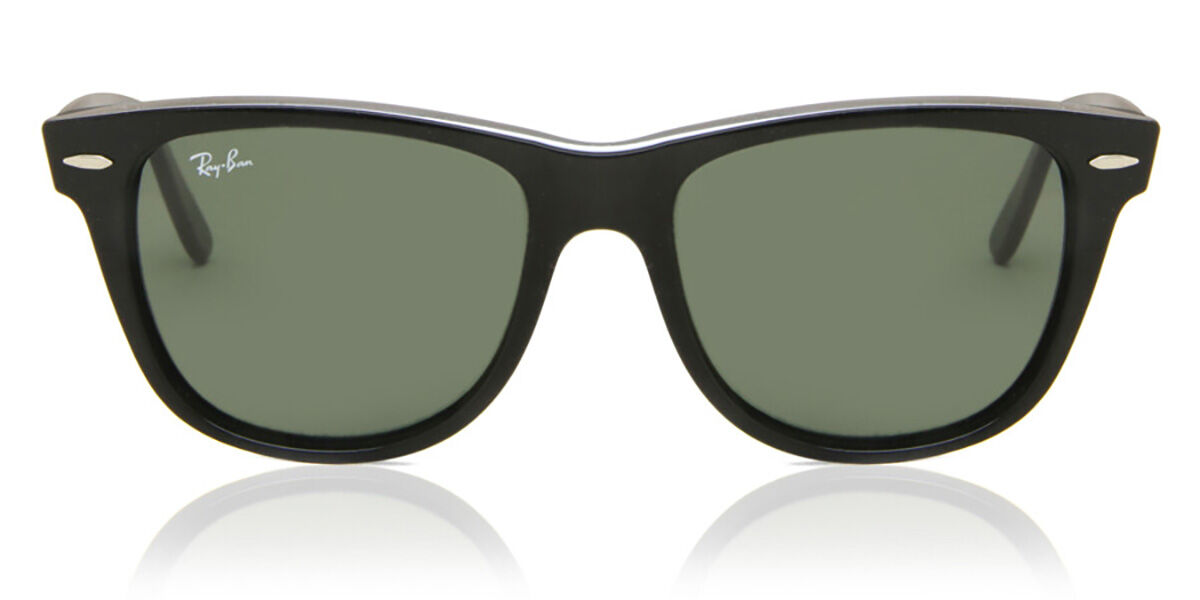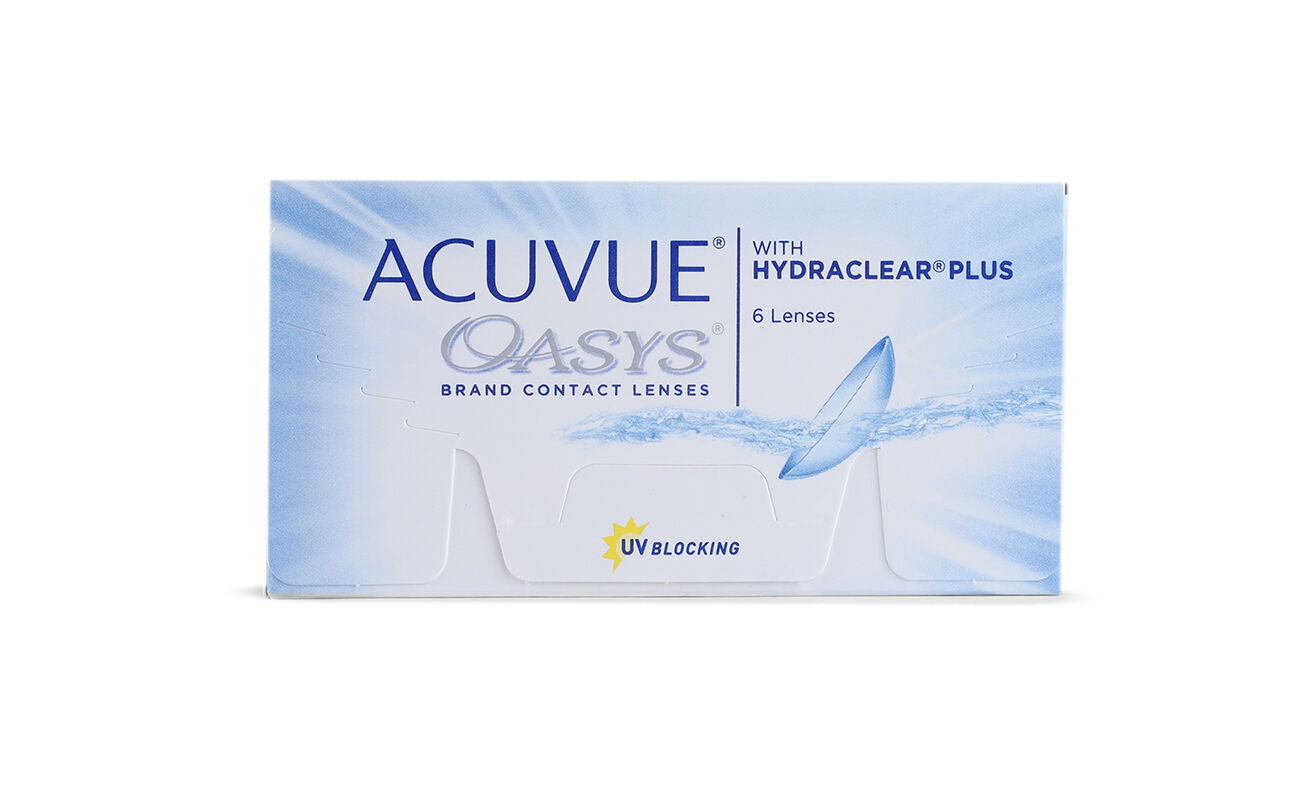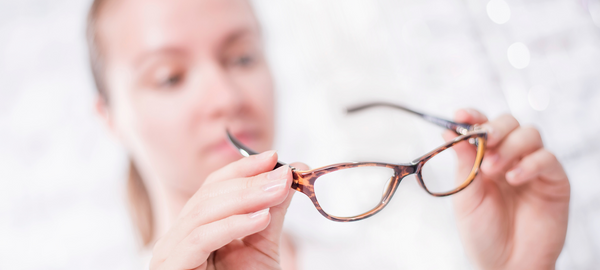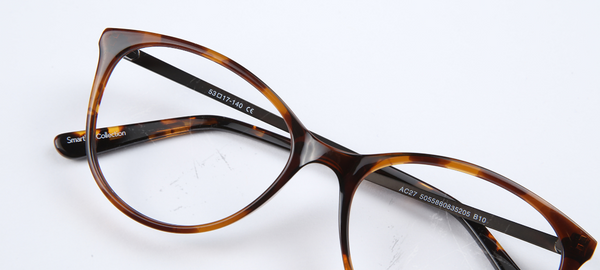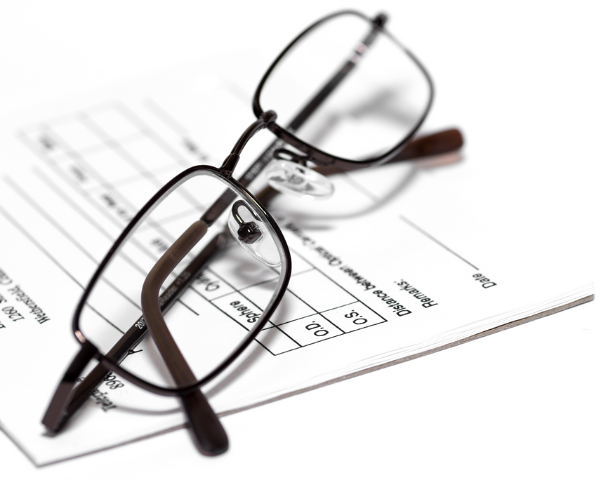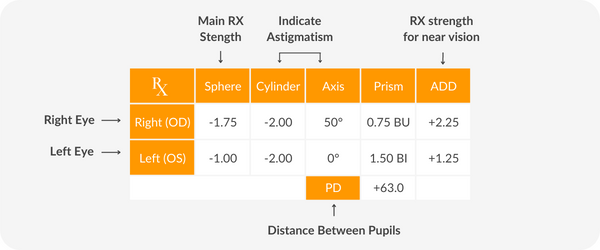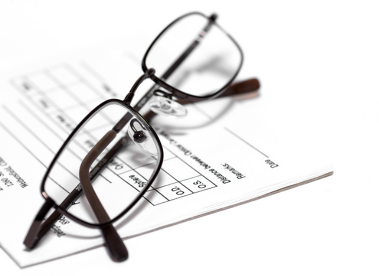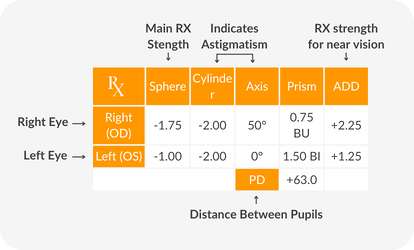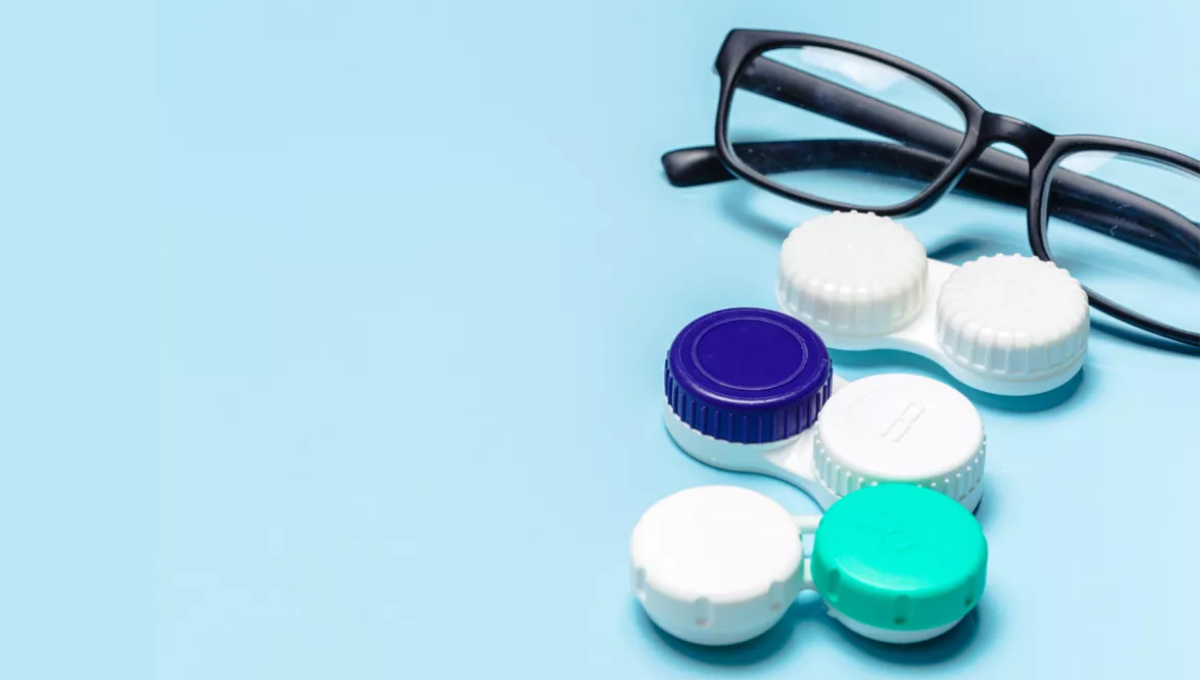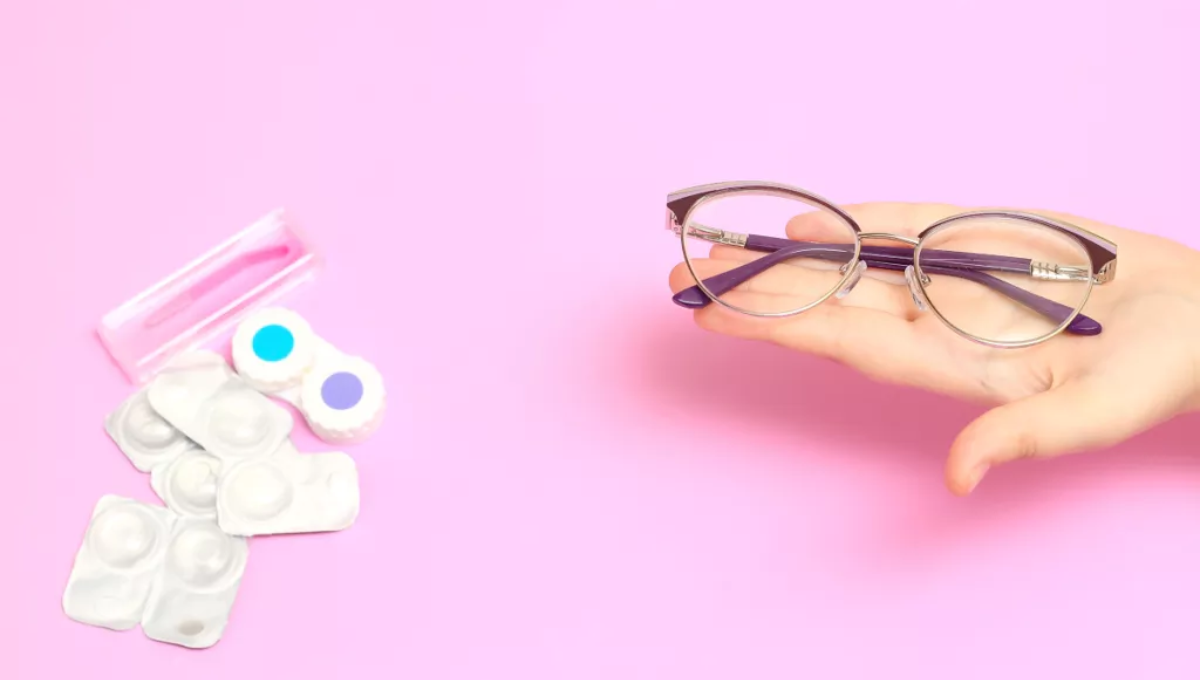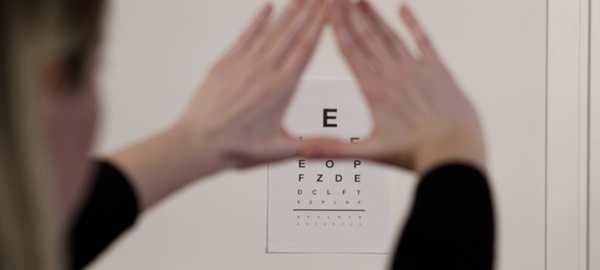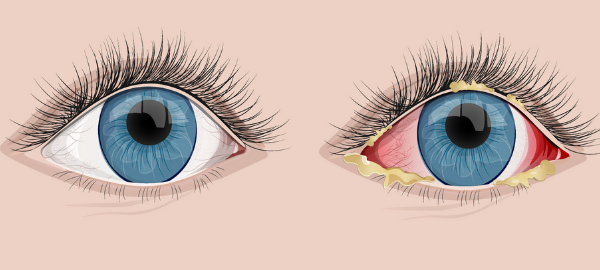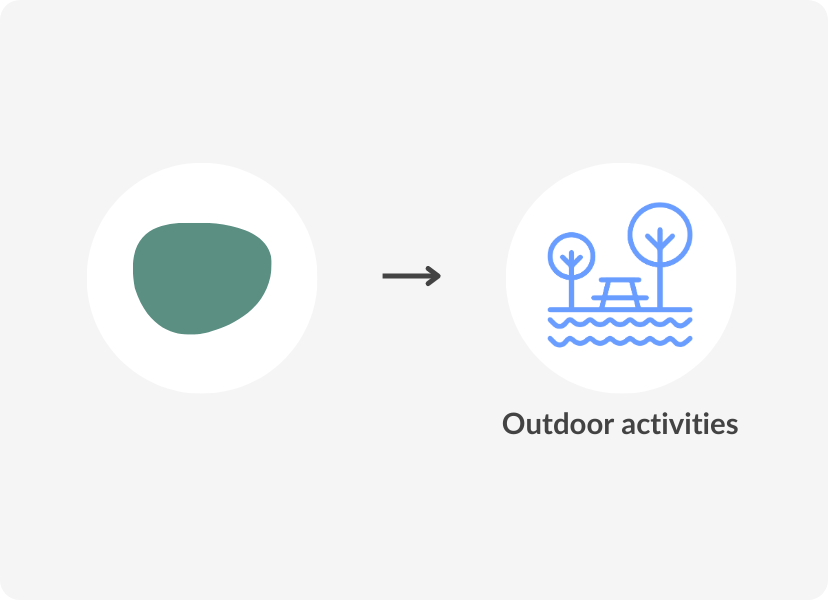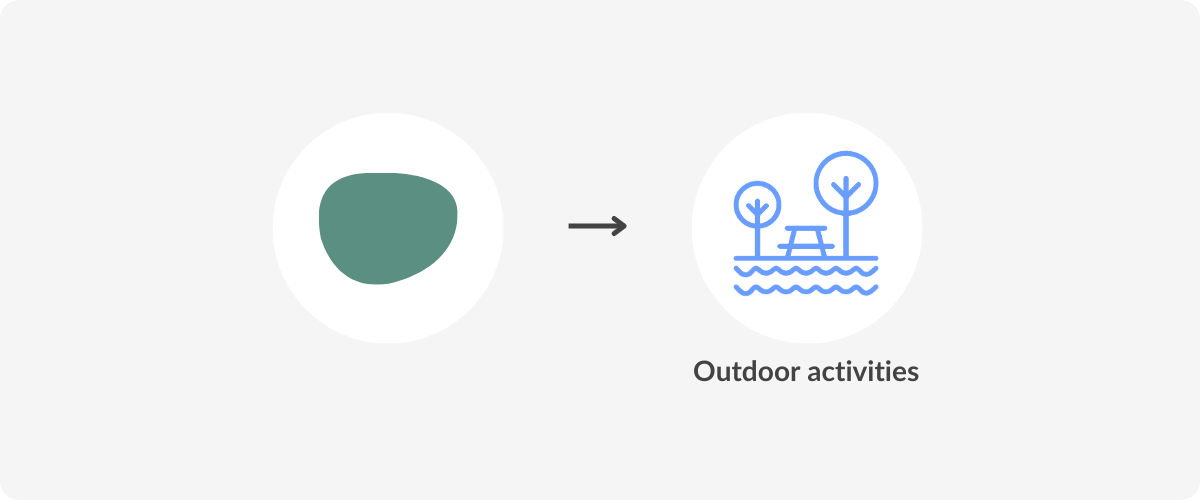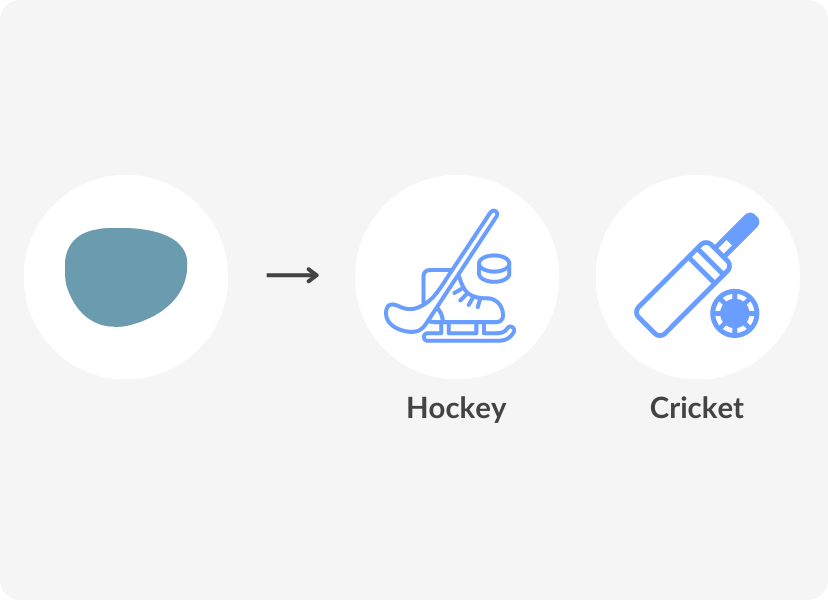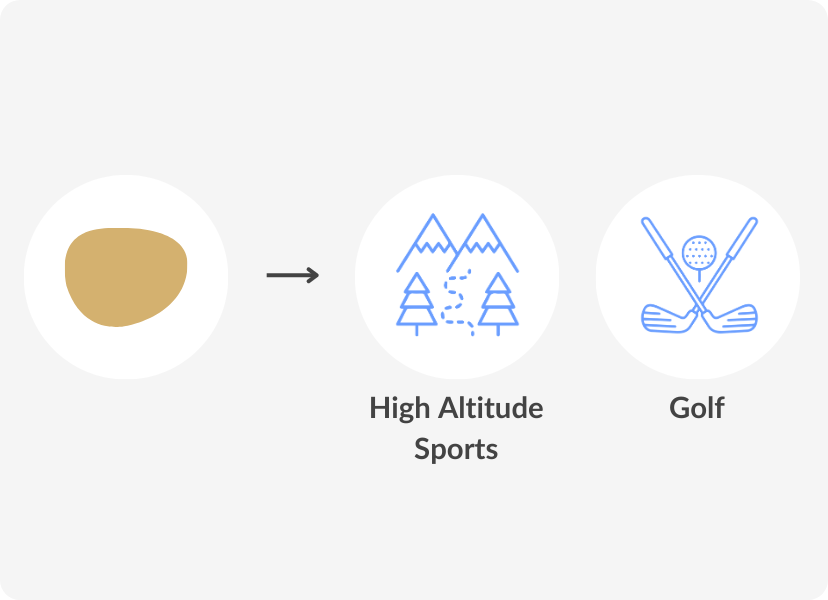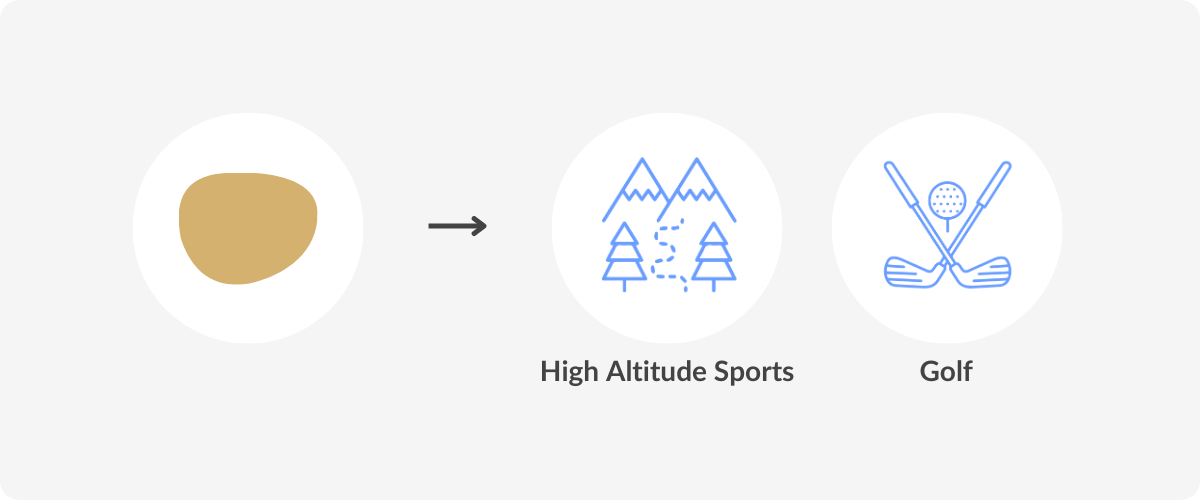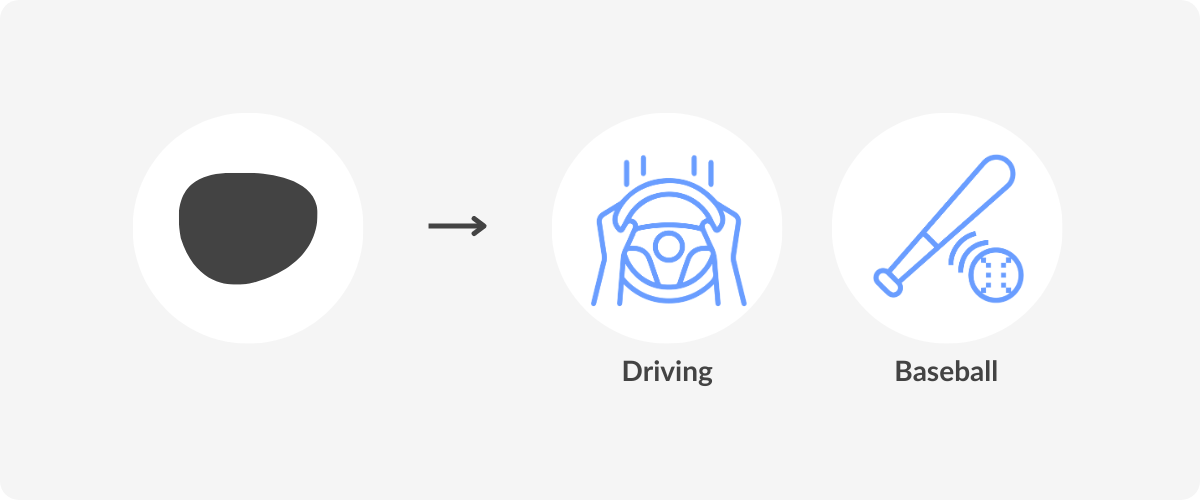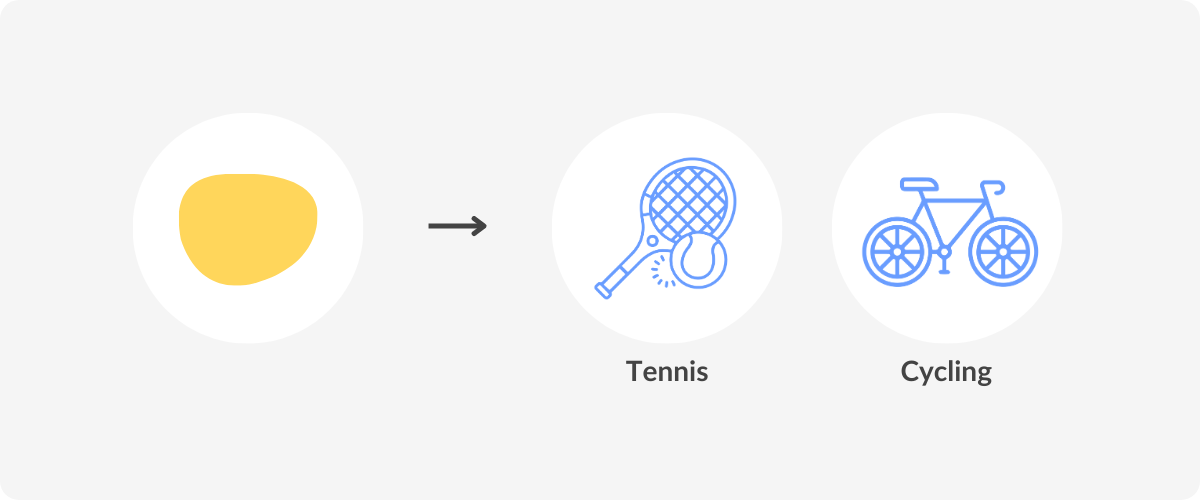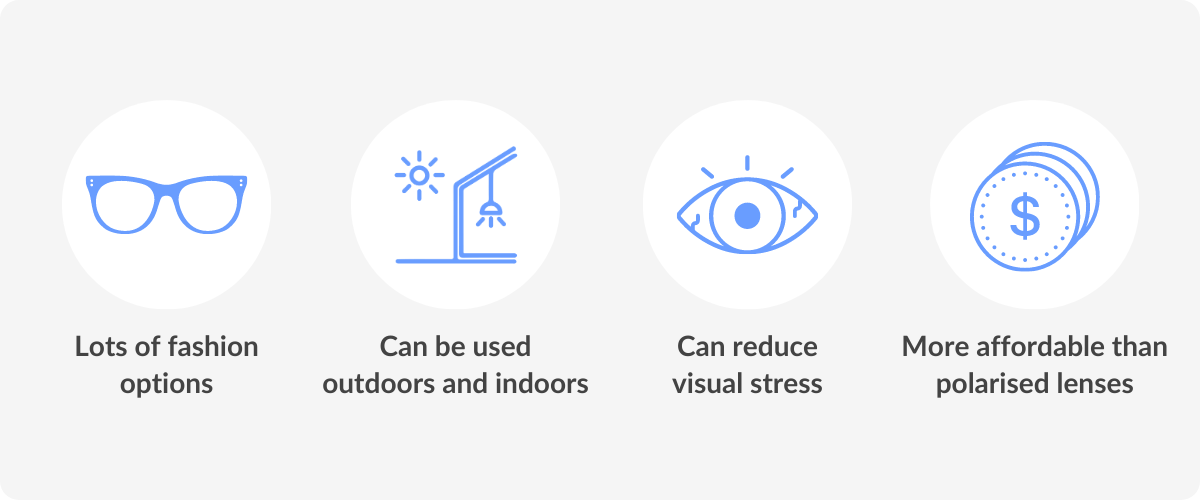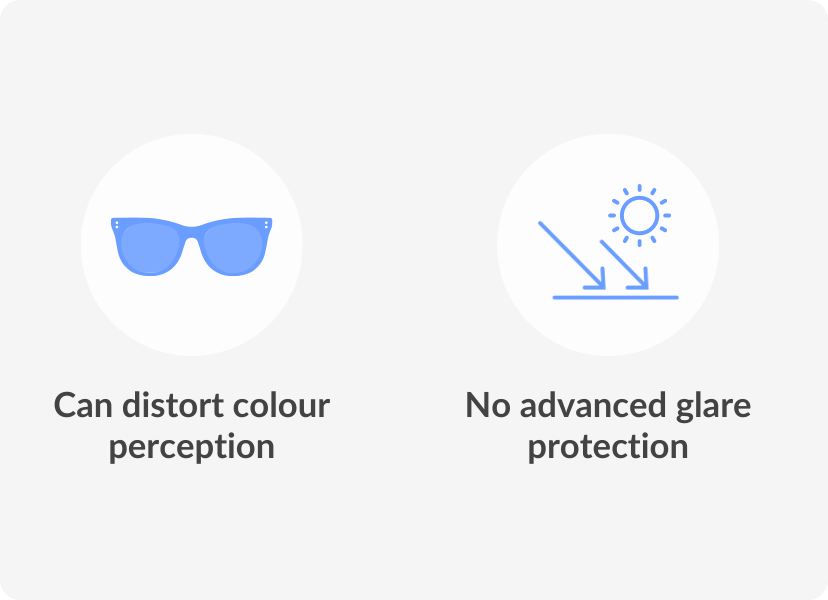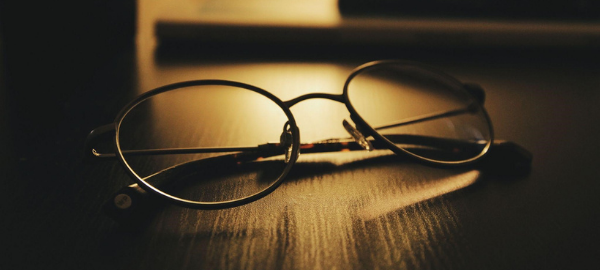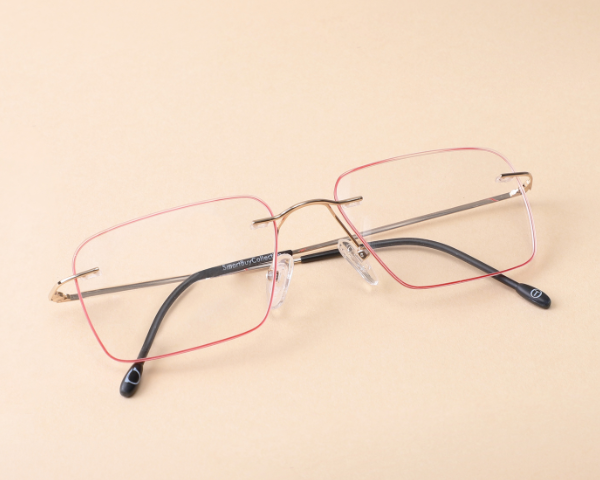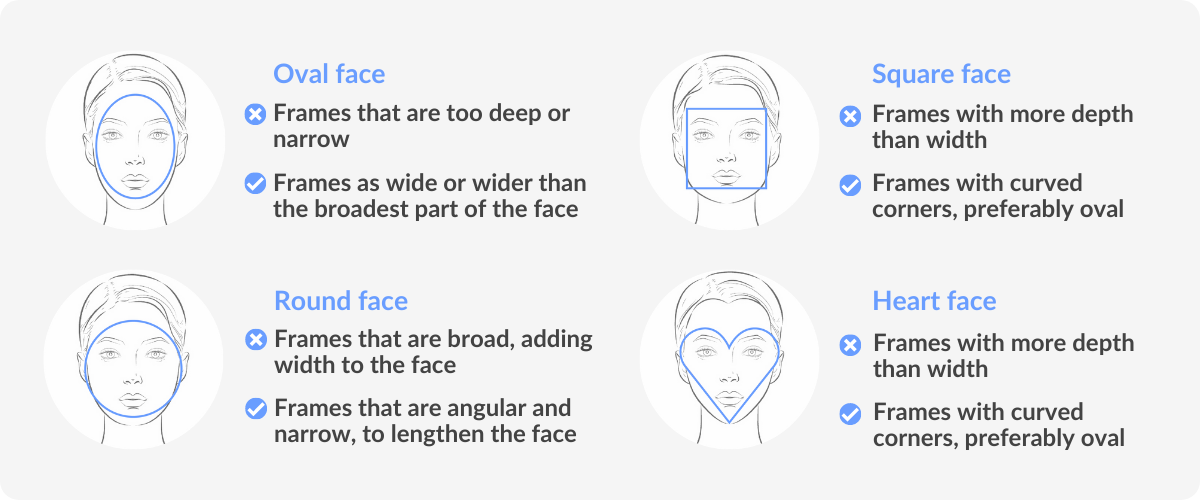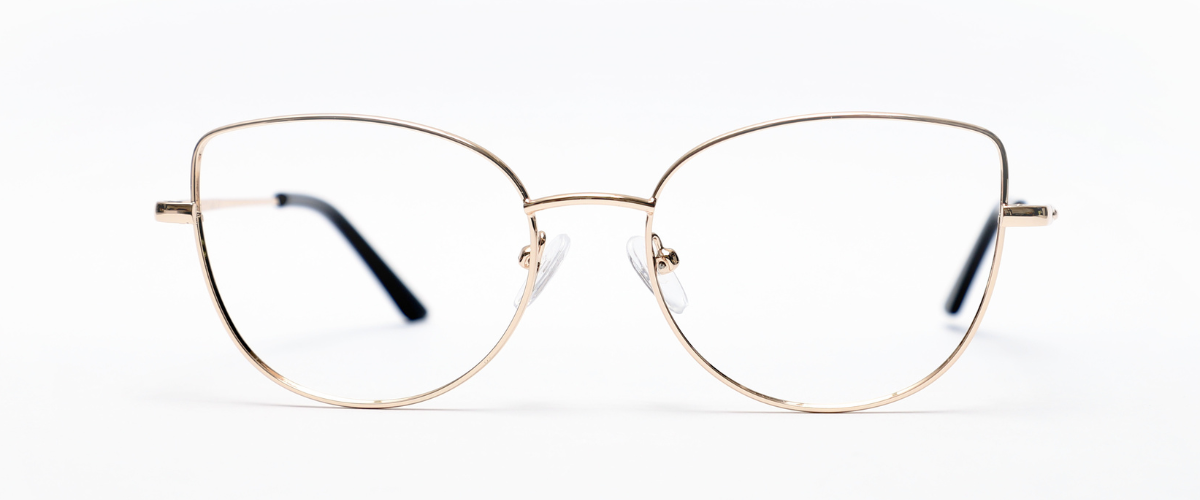Can I Order Lenses with Prism Correction?
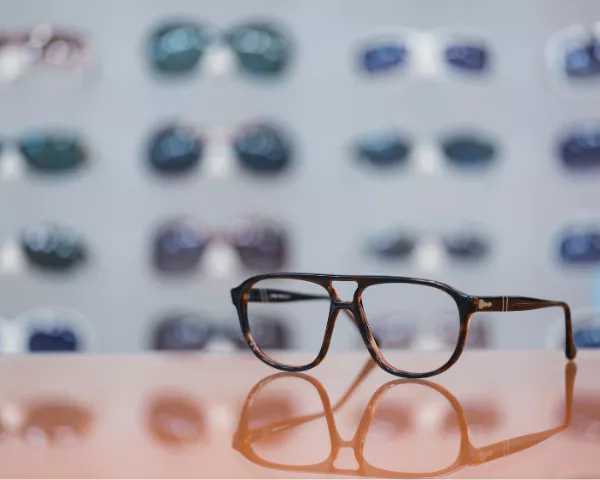
Prism correction is a necessary component of some prescriptions lenses designed to avoid problems with double vision.
So yes, we are able to process prism lenses with correction.
What is prism correction?
It is measured in prism diopters and may include one of four measurements relating to the “base”, that is, the direction of the prism with respect to the thickest edge of the lens.
These are Base Up (BU), Base Down (BD), Base In (BI) and Base Out (BO), and they’re usually measured in half-diopters (e.g. 0.5 or 1).
So, for example, a prescription may include the prism correction:
Left: 0.5 BU and Right: 0.5 BD
Please fill in your prism details into the additional information section when entering the details of your prescription. You can also contact our customer service prior to placing your order.
The earlier you deal with the double vision causes, the better would be the result and prism glasses are a perfect solution for this problem.





































